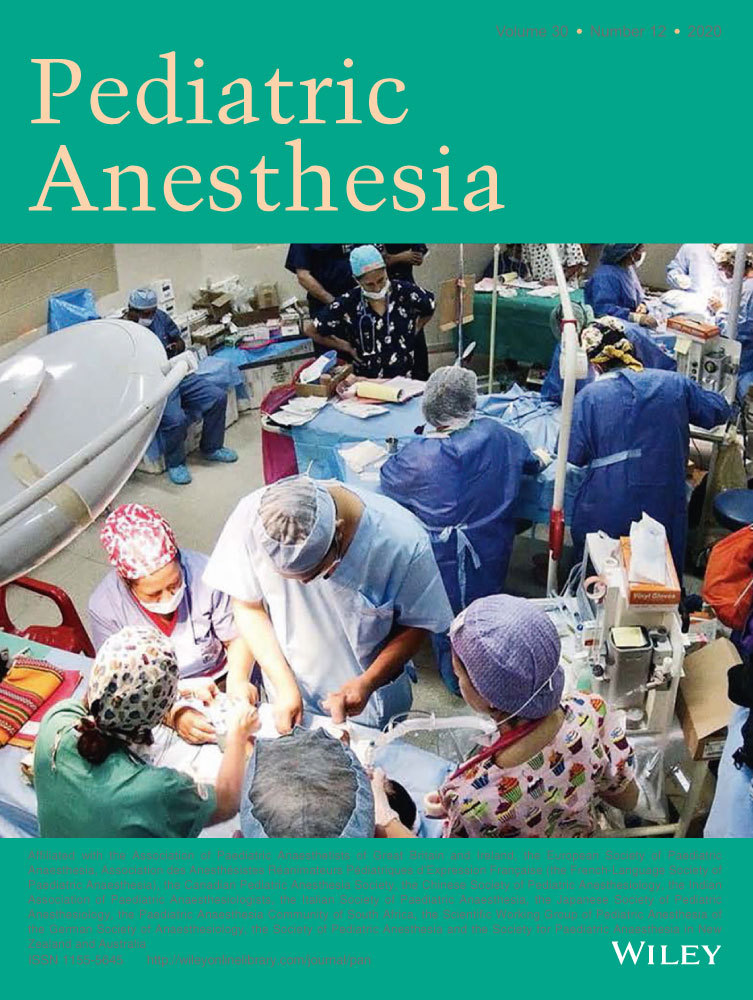Sjögren-Larsson syndrome: Anesthetic considerations and practical recommendations
Abstract
Background
Sjögren-Larsson syndrome is a rare inherited neurocutaneous disorder characterized by congenital ichthyosis, spasticity, intellectual disability, seizures, and ophthalmologic changes. Most individuals with Sjögren-Larsson syndrome live well into adulthood and often require surgical intervention to manage their symptomatology.
Aims
The aim of this work was to review the clinical aspects of Sjögren-Larsson syndrome, highlight the unique anesthetic considerations associated with this disease, and provide practical recommendations about anesthetic management.
Methods
A retrospective case review from February 2013 to October 2019 was performed based on subject participation in a Sjögren-Larsson syndrome longitudinal study at the University of Nebraska Medical Center. Anesthetic and surgical records were reviewed for the following data: age, sex, relevant comorbid conditions, anesthetic induction and maintenance agents, intravenous and oral analgesics, muscle relaxants, and anesthetic-related complications.
Results
Fourteen patients with Sjögren-Larsson syndrome undergoing 48 anesthetic events were identified. A variety of anesthetic techniques was utilized. No serious adverse events were encountered. The most common clinical observations were related to the ichthyosis seen in Sjögren-Larsson syndrome, which led to difficulty in adherence of electrocardiogram leads and intravenous catheter dressings.
Conclusions
We found that anesthesia can be safely administered in patients with Sjögren-Larsson syndrome. Providers should be aware of anesthetic management issues in Sjögren-Larsson syndrome including challenges placing and securing lines and monitors secondary to the ichthyosis.
DISCLOSURES
The authors have no conflicts of interest relevant to this work.




